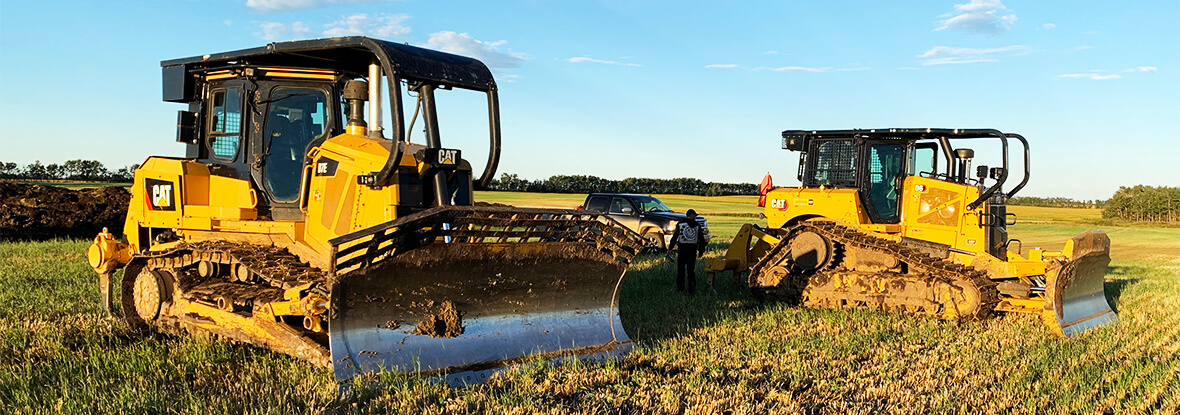
When Luke Grinde, owner of D.D. & H. Contracting, was looking for a new dozer there was no need to sell him on one, he knew exactly what he wanted. “I’ve always been fond of Cat® equipment, the way they are built and designed. And when I researched the Cat Next Gen D6-20, there was no doubt in my mind this was the one”.
Luke is a self-taught mechanic; he learned the trade by doing. “Ever since I was a kid, I have loved mechanics,” says Luke. “As I did more of it, I bought my own tools and eventually subcontracted myself out as an operator/mechanic, servicing the very machines I ran for other companies”, that was until I went out on my own six years ago, and now, with the experience I gained, I do the repairs and maintenance on my own equipment.”
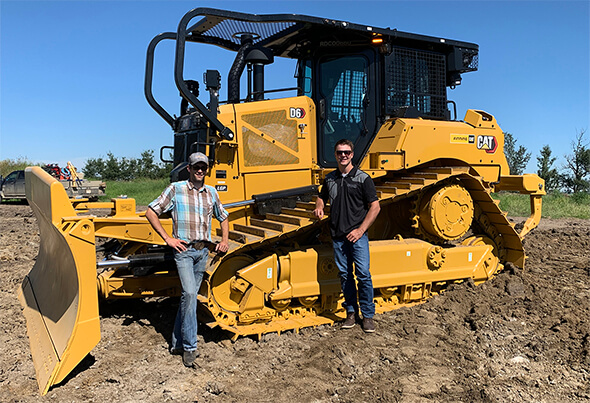

As a small business owner, he both operates and maintains his machines, so he has a much deeper understanding of the equipment, how it works and what’s best for his business. According to Luke, his preference for Cat is not only about quality & design, but how the machines are engineered to be serviced and rebuilt, and how easy it is to get parts, when you need them.
“I use the Finning parts and service department a lot. I like to keep my equipment well maintained, and they have such professional people who know exactly what’s needed for service and repairs. I can call them, send them a picture, or provide a serial number and instantaneously I have all the answers I need.” For even faster service he places the order with Finning Tracker Logistics and his parts are available for pick up in a drop-box within hours. “When I have a machine go down, I just call in and tell them what the problem is, order the parts for the repair, and before I can get everything cleaned, prepped and ready to install the parts, they’re ready for pickup.”
D.D. & H. does agriculture jobs in central Alberta, predominantly in Ponoka and Lacombe Counties. “We do barn pads, driveways and field development for crop land – anything associated with agriculture,” says Luke. “And a lot of dozers are not designed to handle the abuse we put the machines through, so I wanted to upgrade my D6T.” When Finning walked him through the Next Gen D6, he was already sold on it. “It’s built better and stronger and is a really well-designed machine,” says Luke. “The things I noticed right away were the structure of the track frames, the blade and the C-Frame, which were really impressive, it also has a redesigned ripper with a bigger cylinder for more penetrating force and higher lift.”
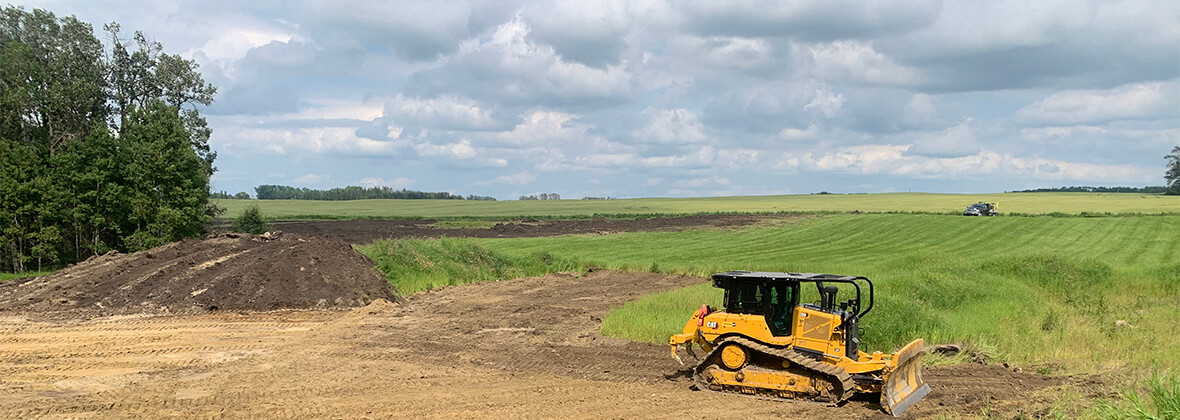

After the first 100 hours on the machine, Luke was even more impressed. “I ran it for the first 100 hours as I wanted to learn the machine before I passed it on to my operators,” says Luke. “The layout of the cab is really nice, it’s more spacious with multiple storage compartments, more spots for coffee mugs, a thermos, and even your phone. There are multiple USB outlets, Bluetooth, and the cab is much quieter - which is really great as a business owner, as I am on the phone with customers while working and they can actually hear me. The LCD touchscreen is very nice too and it’s not in the way. Also included in the new cab is the new heated & cooled seat, which is worth its weight in gold.”
The narrowed front-end allows for greater forward visibility so you can see more of your blade & corner bits, which is significantly better than its predecessor, the D6T, making the new D6-20 a great finishing dozer and an unmatched workhorse.
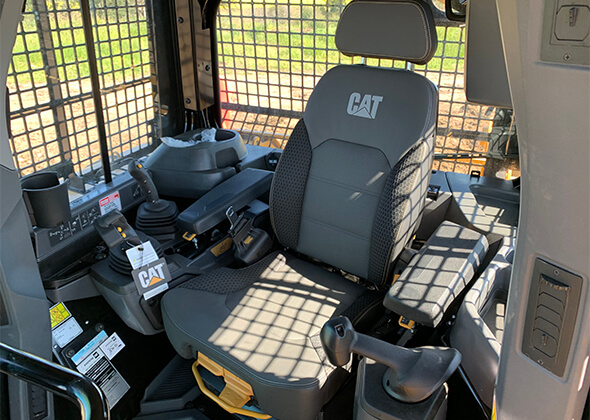

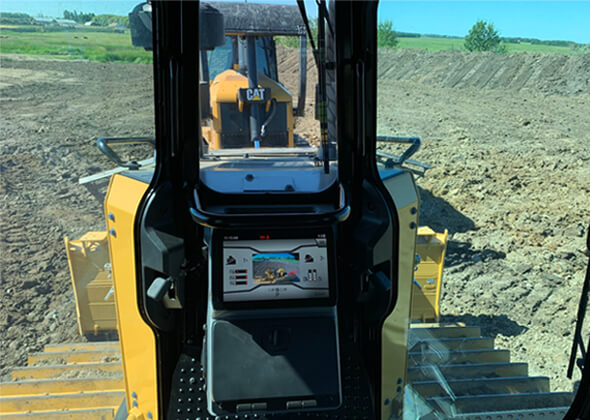

When Luke turned the machine over to his main operator, it was a hit. “He loves the thing. He can’t stop talking about how much it outworks the D6T he used to run,” says Luke. “He noticed right away the massive gains in production and the improvements in operator comfort. He loves that cab, it’s so much quieter, has those temperature-controlled seats, and the shock absorbing cab mounts make for a smoother ride. We work 12-hour days, six days a week and he’s really enjoyed being in the machine.”
Because the D6–20 is such a workhorse, there’s another added benefit for operators. “This thing is designed to work. It is built for moving heavy dirt. It’s engineered better. It’s no bigger or heavier, but it has better weight distribution so it can work a lot harder without the risk of damaging major components,” says Luke. “I used to be on my operators’ case about working the dozers too hard – coaching him on the operation of the machine, not putting too much stress on the ground engaging components. My operator told me that’s another reason he likes running the dozer so much is that ‘I’m not on his case’ for overworking the machine.”
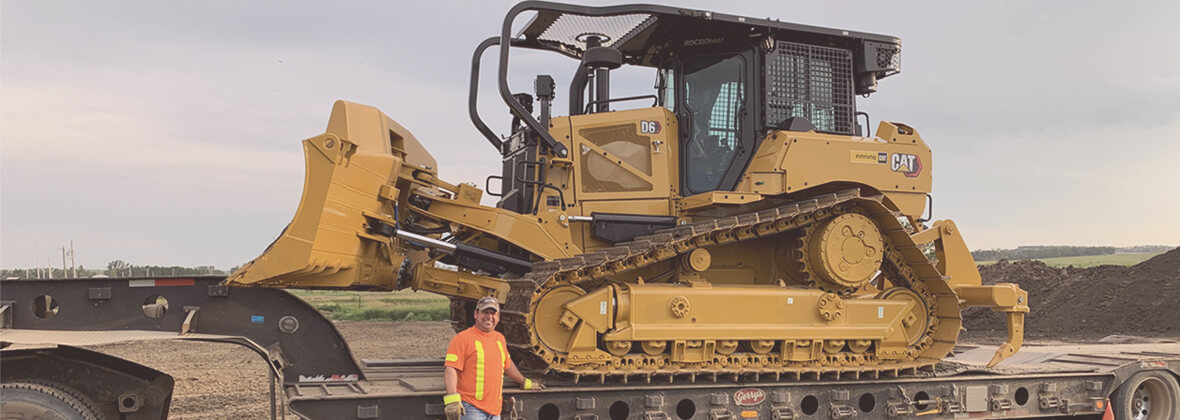

As he’s breaking in the engine of his new D6, Luke is starting to see more benefits from a productivity and efficiency perspective. “We now have over 500 hours on the machine and things are getting better every day,” says Luke. “Fuel consumption has improved significantly. After the first 200 hours it was running 10% better on fuel, which is impressive for a big machine, and that will probably get better as we break in the motor even more” The dozer also has a new four-speed transmission, a double-reduction final drive, new to the D6 machines, and a lockup torque converter which doesn’t create as much heat, reduces slippage, and gives you more power to the ground. Luke explains. “For a machine that weighs the same as the D6T, we are getting 20 to 25% more production out of it. And because the torque converter locks up, you’re not losing engine torque as it is being transferred to the ground. With the lowered pitch of the C-Frame, because of where it connects to the machine chassis, you’re getting better traction and no matter how much dirt you are pushing, the front of the machine never comes up off the ground.”
Having always done his own maintenance and repairs, Luke knows the weak points on machines and where improvements can be made. The Next Gen D6-20 met all of his expectations. “I can honestly say with the D6-20 they found all the weak spots and improved everything. Cat is always making improvements with new models and it is impressive what they do, but I have never seen the leaps and bounds over previous models like I’ve seen with this machine. They definitely did their homework. They have fully redesigned this Next Gen dozer, and all the changes they have made are well worth it. Everything about it is amazing.”
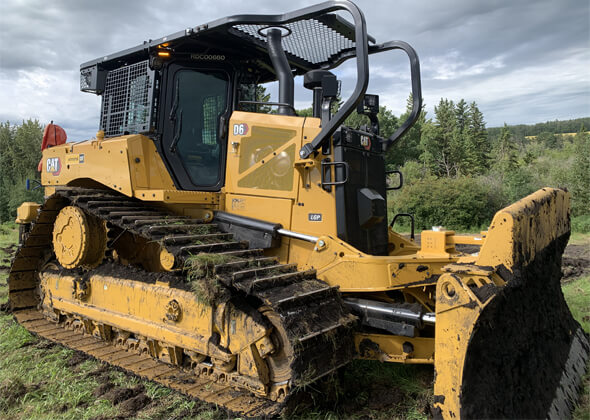

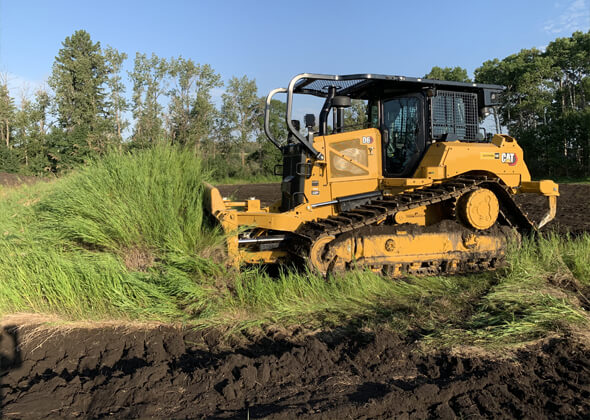

As for what’s next for D.D. & H., Luke doesn’t see a change in the work he does in the agriculture business or changing the size of his fleet any time soon, but he plans on upgrading to all Caterpillar machines as his equipment needs replacing. “Eventually I want to change out all of my machines to Cat,” says Luke. “From my experience with Cat equipment , it’s very well-built, meant to be worked on, easy to get parts for and retains its value. I may spend more money upfront for a Cat, but I know that if I run that machine for 4,000-5,000 hours, I can still sell it for a good price. If you buy a competitor machine of the same type, you may pay a little less up front but when you run it the same 4,000-5,000 hours you get burned on the depreciation when you go to sell it. With Cat, you get more value over the life of the machine.”
Share This